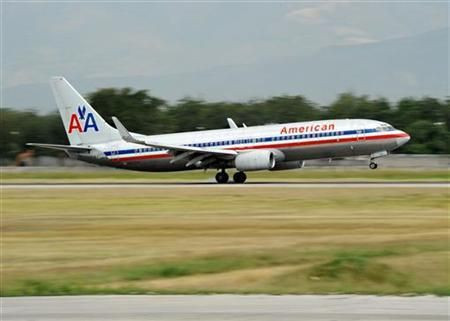2012: Air Travel’s Safest Year Since 1945

Anyone with a fear of flying should consider this before boarding their next flight: Last year, there was roughly one fatal airliner crash for every 2.5 million flights. Indeed, 2012 was the safest year for air travel since the dawn of the jet age in 1945, according to recently released data from the Aviation Safety Network, an independent organization based in the Netherlands.
Following a downward trend the industry has seen since 1997, there were just 23 airliner accidents last year, resulting in 475 fatalities and 36 ground deaths. These figures are well below the 10-year average of 34 accidents and 773 fatalities but come as no surprise to ASN president Harro Ranter.
“Since 1997, the average number of airliner accidents has shown a steady and persistent decline, probably for a great deal thanks to the continuing safety-driven efforts by international aviation organizations such as International Civil Aviation Organization (ICAO), International Air Transport Association (IATA), Flight Safety Foundation and the aviation industry.”
Last year also marked the longest period in modern aviation history where there was no fatal accident at 68 days. Of the 23 accidents that did occur, just 11 involved passenger flights and most were in two regions: Russia and Africa.
“Africa still is the least-safe continent, accounting for 22 percent of all fatal airliner accidents, while the continent only accounts for approximately 3 percent of all world aircraft departures,” ASN noted in its report. “This is also reflected by the fact that, on average, African nations score 4.5 on a scale of 10 in aviation safety audits performed by the ICAO. And the airlines of several nations are not allowed to fly into the EU (14) and United States (6).”
Many airlines in developing nations use older aircraft retired from service in Europe and North America. This, combined with poor aviation infrastructure, contributes to the disproportionate number of incidents, the majority of which occur during the landing approach.
The worst accident of 2012 occurred on June 3 when a Dana Air MD-83 crashed while approaching the airport in Lagos, Nigeria, killing 153 people on board and 10 more on the ground. IATA presented a plan known as the Abuja Declaration to the Civil Aviation Authorities in Africa in July that prioritizes runway safety, renewed training and other measures.
On a whole, air traffic was up more than 5 percent worldwide in 2012, and a combination of improved training, better air traffic infrastructure and safer aircraft have all helped create safer skies.
“If you were to take a flight every day, odds are you would fly 14,000 years without being in an accident,” IATA Senior VP Günther Matschnigg boasted in December.
Airlines have good reason to make a commitment to increased safety. By some estimates, safety enhancements have saved the industry more than $600 million annually in aircraft losses, lawsuits, higher insurance rates and other fallout from high-profile crashes.
The last fatal accident of a commercial airliner in the United States was Colgan Air Flight 3407, which was marketed as Continental Connection under a codeshare agreement and crashed near Buffalo, N.Y., in February 2009.
The victims’ families formed a grassroots advocacy group for aviation safety that has successfully lobbied the U.S. government for several regulations, including new rules to prevent pilot fatigue, increased transparency over codeshare agreements and higher training standards for regional airlines.
© Copyright IBTimes 2025. All rights reserved.






















